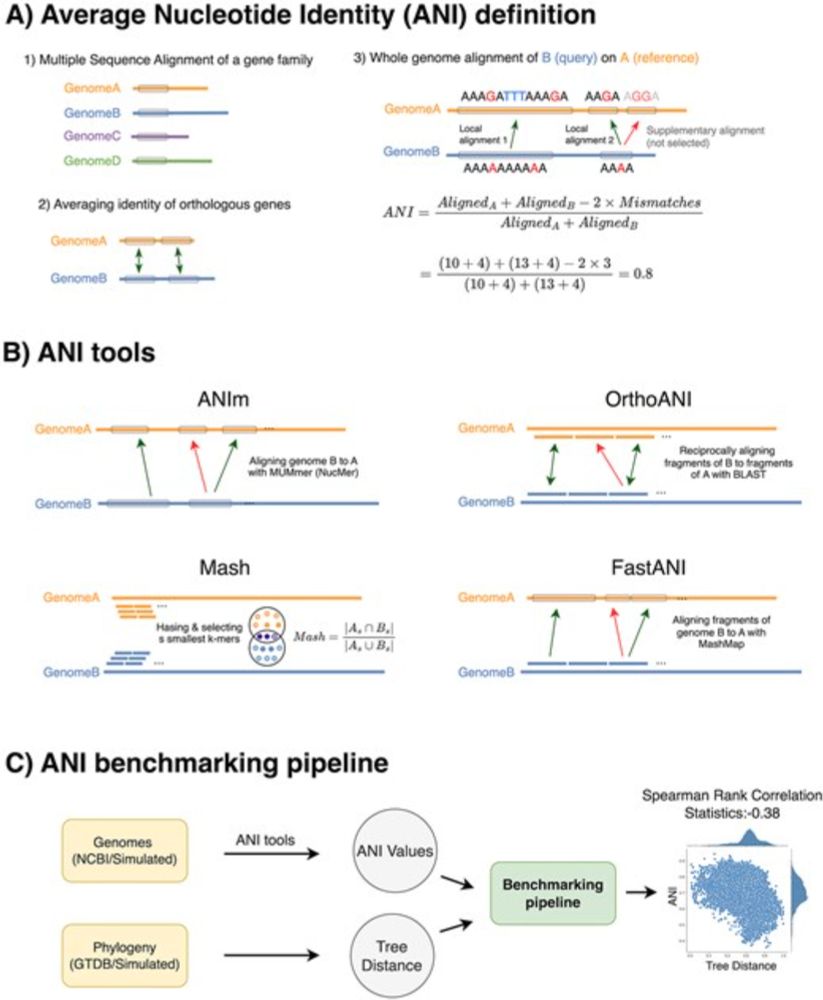
www.mohsenzakeri.com








An great teamwork by @mohsenzakeri.bsky.social, @stephenhwang.bsky.social and me, with the excellent mentorship of @benlangmead.bsky.social

An great teamwork by @mohsenzakeri.bsky.social, @stephenhwang.bsky.social and me, with the excellent mentorship of @benlangmead.bsky.social

